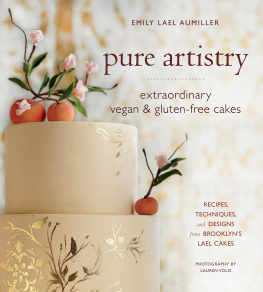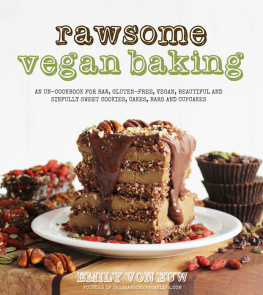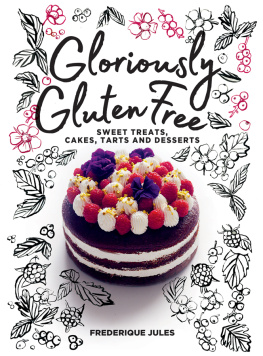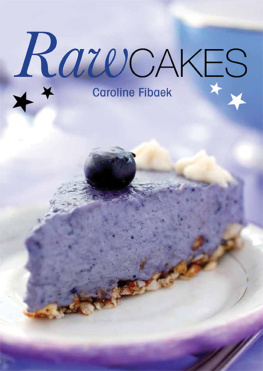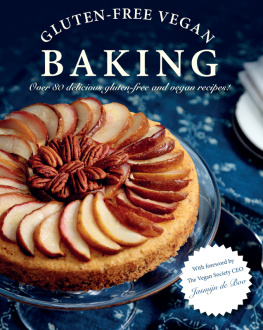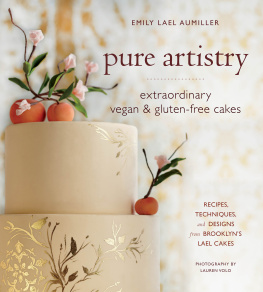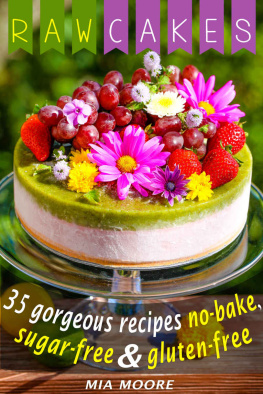


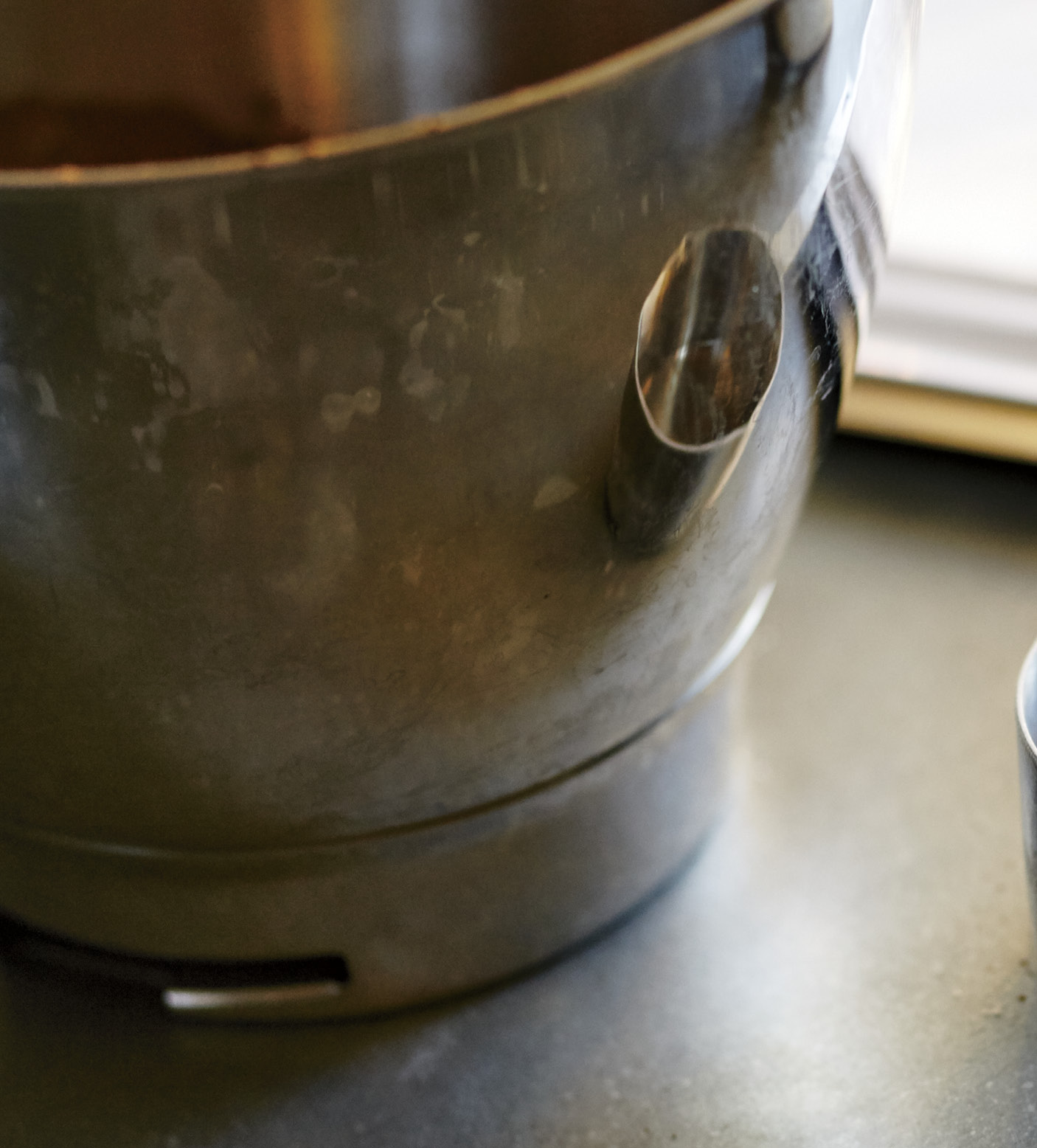
Copyright 2016 by Emily Lael Aumiller
Interior photography 2016 by Lauren Volo
All rights reserved.
For information about permission to reproduce selections from this book, write to trade.permissions@hmhco.com or to Permissions, Houghton Mifflin Harcourt Publishing Company, 3 Park Avenue, 19th Floor, New York, New York, 10016.
www.hmhco.com
Library of Congress Cataloging-in-Publication Data is available.
ISBN 978-0-544-19069-6 (paper over board); 978-0-544-19064-1 (ebook)
Book design by Level, Calistoga, CA
Ebook design and production by Rebecca Springer
v1.0416



contents
Recipes & Techniques
Aspects of Cake Design
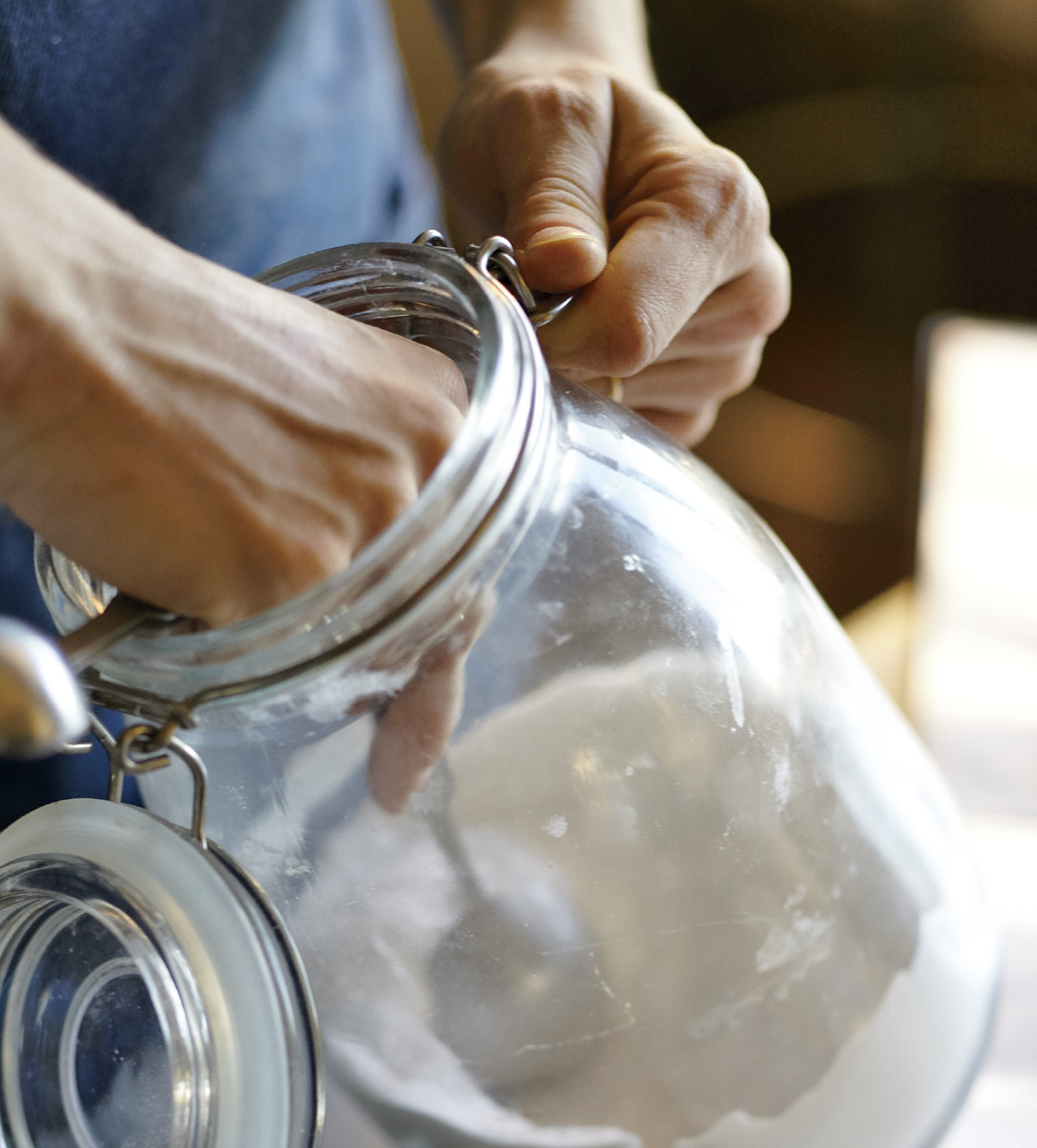

L ike so many others, it seems, I discovered a few years ago that my body has difficulty digesting certain foods such as gluten, refined sugars, dairy, saturated fats, and artificial dyes. After restricting myself to a diet of mostly plants and gluten-free grains, I felt better. And amazingly, my allergies cleared up within six weeks! This gave me a nutritional awareness of my bodys sensitivities and how it reacts to specific ingredients. As someone who bakes for a living, I started to wonder why it was so hard to find appealing foods that not only taste great but that can also be more easily processed by our bodies.
I was brought up on the idea that meals were prepared from scratch out of love for one another.

While working in the New York City wedding cake industry and struggling with my allergies, I searched for high-end vegan or gluten-free custom cakes and was surprised by how little was available, even in such a food-trendy city. While on my quest, I often asked the same question: When a person wants to serve a custom cake at a celebratory event, why should this customization only refer to the design, and not the ingredients as well? After all, the baking materials available today are nearly endless. My passion for food and my curiosity about this unknown field led to me to develop recipes for drop-dead gorgeous cakes made with gluten-free flours, unrefined sugars, plant-based fats, nondairy milks, and all-natural dyes that look and taste better than those made with overly processed ingredients.
I was brought up on the idea that meals are prepared from scratch out of love for one another. Over generations, my family has been involved in the food industry, from owning fresh fruit markets to a family farm to various restaurants. Ive always been surrounded by inspirational people who make food out of a passion for sharing it with others. For many years I struggled because I wasnt able to eat foods that I once found comfort in. I was determined to find a solution for not only myself, but for others facing the same issues.
My first challenge was creating recipes for cakes that would have the stability needed to stack them into tiers. Without gluten or eggs, where would the structure come from? After years of testing and a lot of late- night messes, I discovered the right balance of alternative ingredients, as well as simple (yet essential) tips for handling the finished cakes to ensure success. Needless to say, adapting the tried-and-true recipes passed down through generations of my family has not been easy. But witnessing teary-eyed clients overjoyed at their dream cake has been well worth the undertaking!
I love knowing that when someone bites into one of my cakes, they are enjoying it on many levels.

I love knowing that when someone bites into one of my cakes, they are enjoying it on many levels. The first comes from the cake being fabulously delicious. Then, learning that the cake is gluten-free or vegan (or both), or that the flowers adorning the dessert are made entirely of sugar, heightens the initial experience.
In addition to being vegan and gluten-free, my custom creations are truly edible art. Just as my recipes are the result of unconventional experimentation, I also believe in the importance of experimentation and creativity when it comes to cake design. My recipes and design schemes are tweaked and tweaked again, so that each cake is designed to please the eye and palate, and always with a sophisticated yet lively aesthetic. Im thrilled to have the opportunity to share with you my personal creations, which I hope will inspire your own culinary endeavors and beyond.
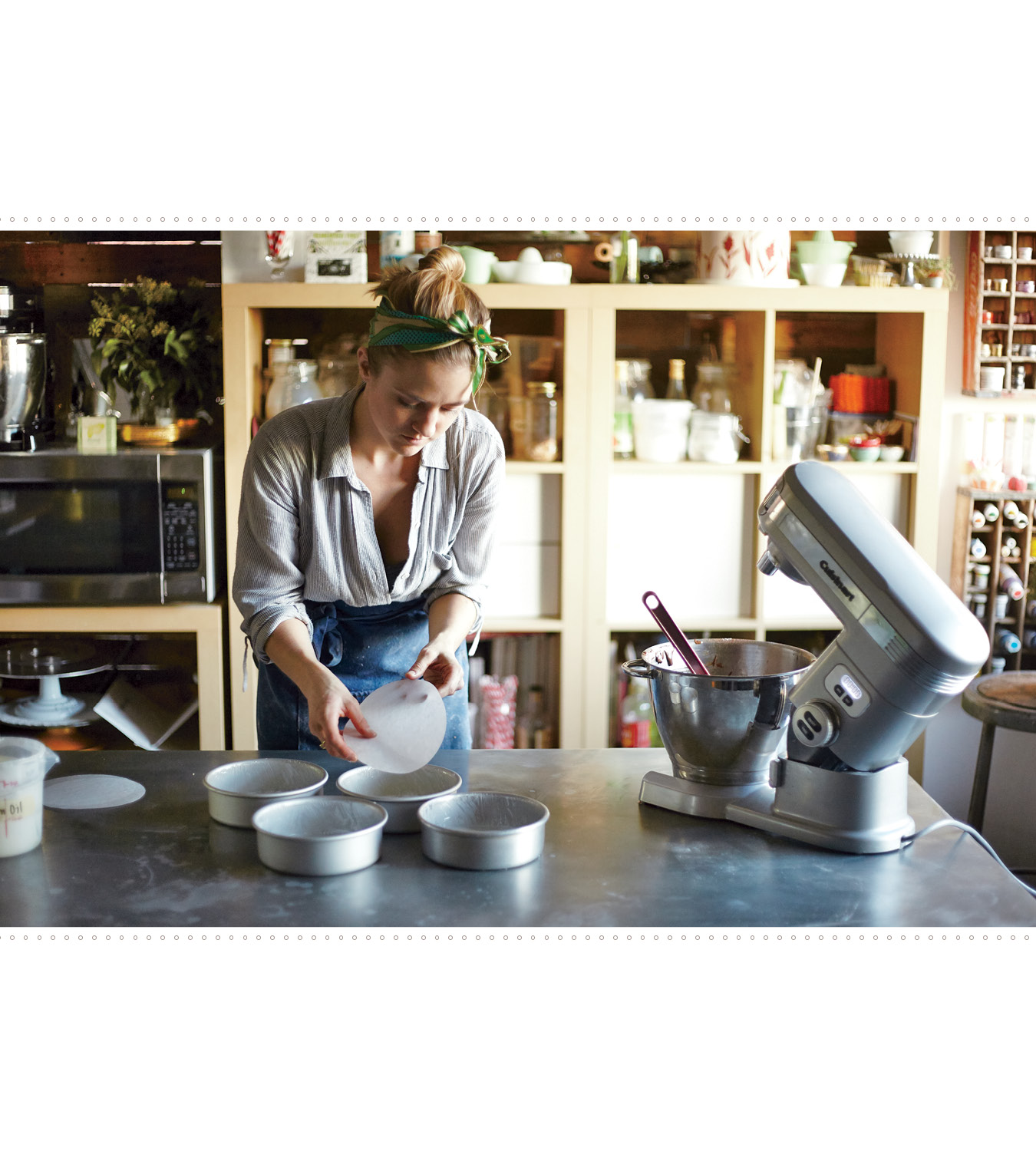
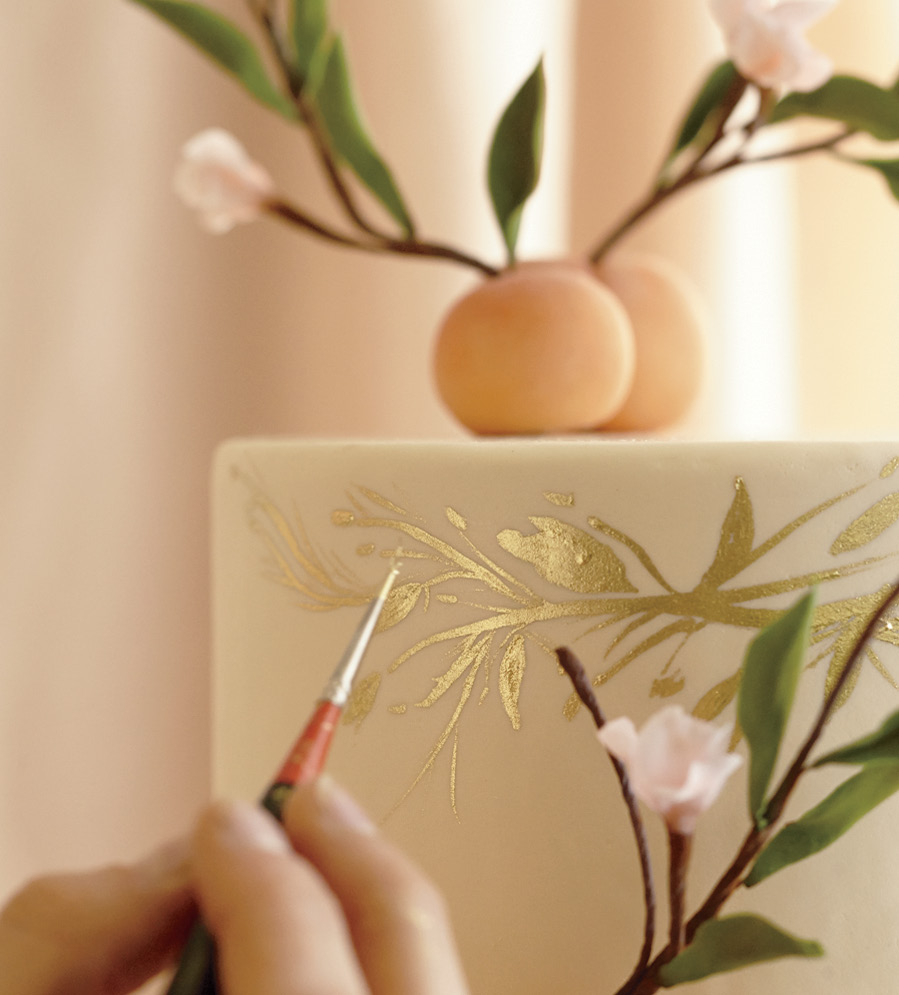
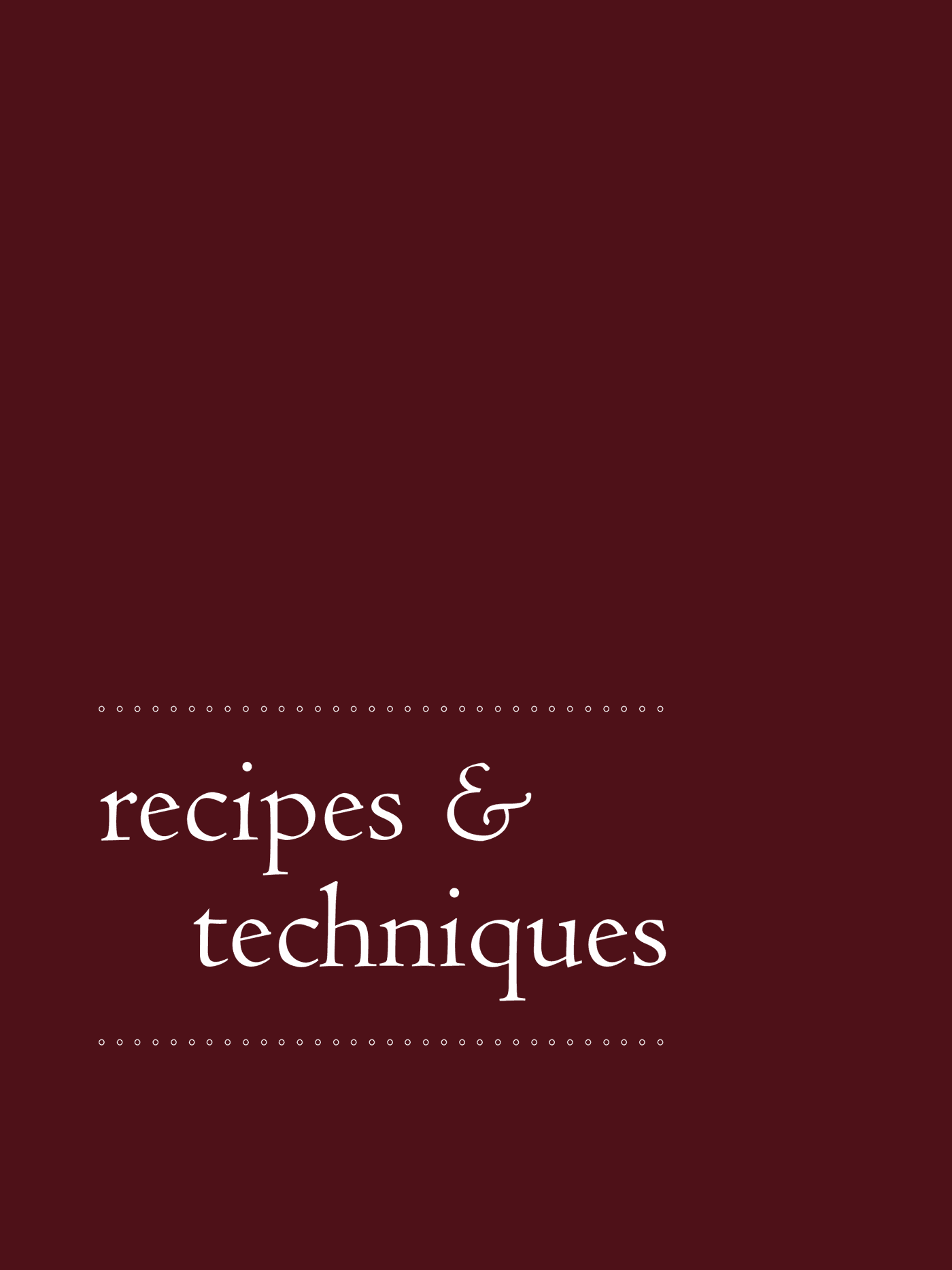
recipes and techniques
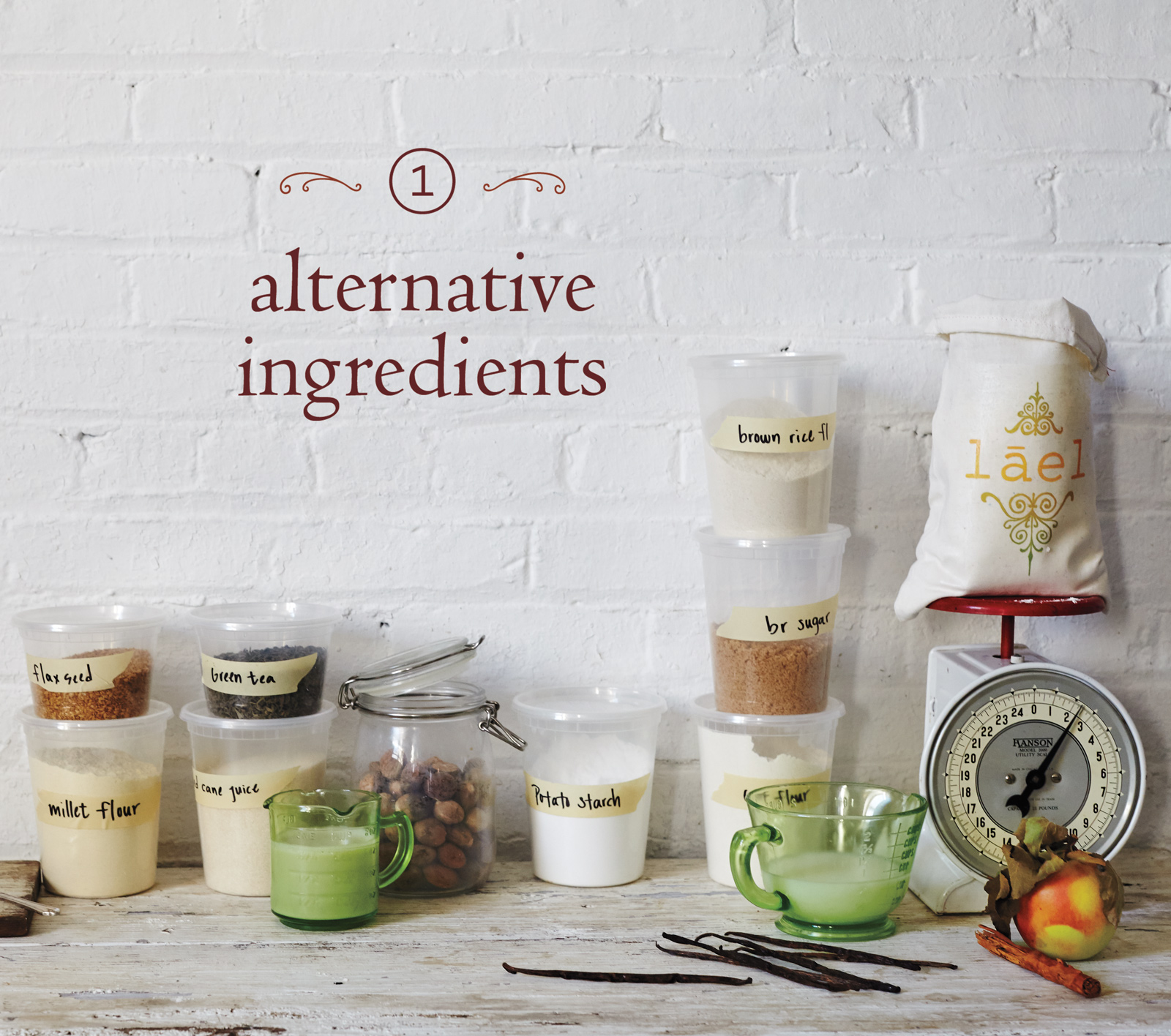
1. Alternative Ingredients
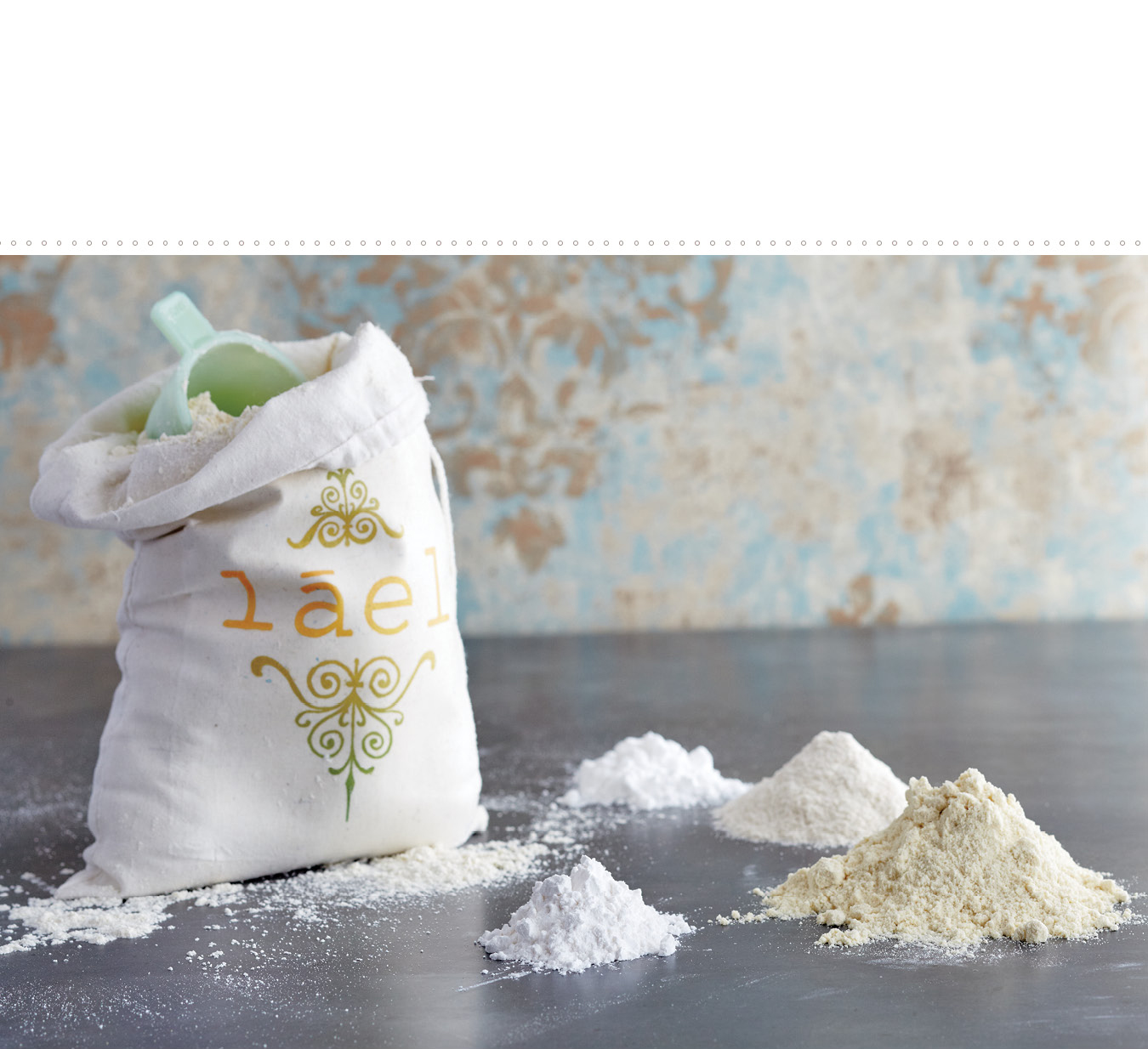
The main flours of my gluten-free mix: millet flour, tapioca flour, cornstarch, and potato starch
The ingredients you use in baking
can make a world of difference.
S ubtracting the traditional basicsgluten, eggs, dairy, and refined sugarscan be intimidating. But Ive discovered if you treat baking the same as cooking, using ingredients that are closest to their raw and natural form, the flavors will awaken your palate in the same way savory food will. Instead of being overwhelmed by unnatural sweetness, youll actually be able to taste distinctive flavors in your baked goods. Youll also find that these ingredients are easier for your body to digest, and can be substituted or adjusted to create recipes that fit your needs!
While struggling with allergies, I adapted recipes that Id known as tried and true to better fit my lifestyle, avoiding over-processed ingredients, refined sugars, animal fats, synthetic dyes, preservatives, and unnecessary fillers. On the following pages I describe my favorite ingredients and how best to use them. You can experiment with the variety of natural, gluten-free, and vegan ingredients as well, adapting the recipes that Ive developed to better suit your own needs. No one person is alikewhether its for allergies, lifestyle, or just personal preferenceso take a swing at making substitutions that match your needs. Just keep in mind that altering the ingredients in recipes may change the texture of the baked good. Dont get frustrated if it takes more than one try to get the balance just right! By using natural vegan and gluten-free ingredients, you will be able to indulge in desserts that will make your taste buds leap and your body happy.
Next page
